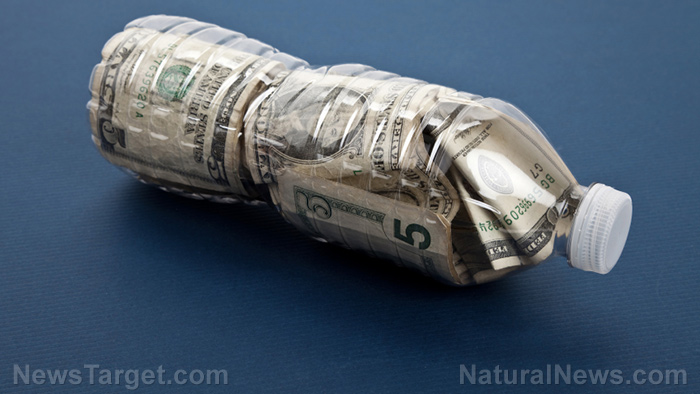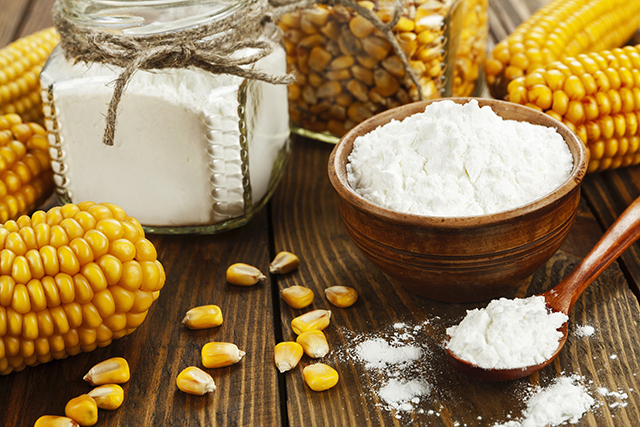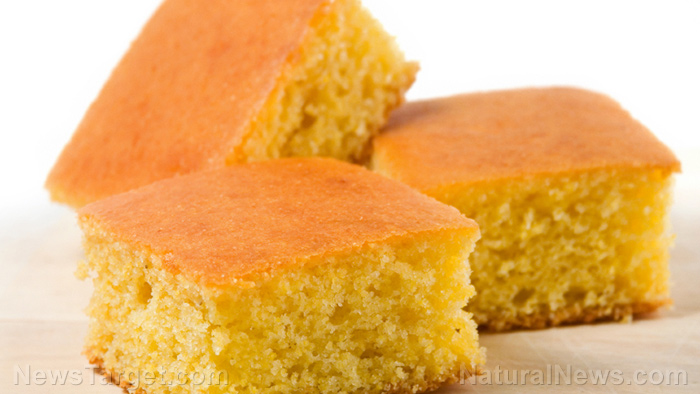How to easily grow basil year-round
04/04/2017 / By JD Heyes

One of the best things you can do to add a burst of flavor to anything you’re cooking is to grow your own spices and herbs, and of course, that includes basil. Whether you’re adding it to drinks, using it in a favorite dish or adding it to soups, this leafy herb will be a welcome addition to virtually any fare, while providing some health benefits as well.
As noted by Jayme Henderson at Kitchn, “there’s nothing like clipping fresh basil leaves from your garden and running into your kitchen to add it to whatever you’re cooking. … Basil’s fresh, spicy, clove-scented flavor profile is a natural addition to so many cooking styles and cuisines.”
There is also this: Imagine a stuff-hits-the-fan scenario, and you’re having to live on bland long-term storage foods. Wouldn’t it be great a) if you could grow your own herbs like basil; and b) if you had tasty herbs and spices at your fingertips, to add flavor to your stored foods? That might not seem very important to you right now, but if there comes a time when you have to eat the same things over and over again, day in and day out, you’re going to appreciate having the luxury of fresh-grown herbs at your fingertips to add to your meals. (RELATED: Be Prepared: These 10 Foods Quickly Disappear From Grocery Stores When A Disaster Strikes)
Plus, in addition to being more economical, growing your own basil means you’ll have fresh, clean herbs – pesticide-free, GMO-free and completely organic, which is best for you and your family.
Henderson notes that a single well-pruned basil plant will yield about half-a-cup a week of fresh herb. You can be limited on space, too – no big deal. Just find a windowsill or some place that gets good sun, fill a container with soil that drains well, and viola. You’ll have fresh basil rain or shine, in warm or cold temperatures, for months.
How should you plant basil? Henderson recommends:
— Location: You can add this herb to a container garden or a grow box, as it makes a great addition. Basil grows very well in soil that is well-drained, and in good sun. That can be a windowsill container or a garden; if the latter, plant basil amongst your tomatoes. “It’s a one-stop shop for your next Caprese salad,” Henderson writes.
— When should you grow basil: Like many other herbs, basil is easy to grow, germinating quickly from seed. When using seeds, it’s best to put them in the ground when you’re fairly certain the last frosts have occurred (keep an eye on spring temperatures, though, because you’ll need to cover your seedlings if a frost is expected, as basil is very sensitive to the cold). If you’re transplanting seedlings or planting a cutting, make sure that ground temperature is 70 degrees or warmer.
— Proliferation: You can grow basil from seeds or with a cutting of basil leaf, which will sprout in water. Just use a four-inch segment of basil plant that has yet to flower, and you should see roots forming within one week. Afterward, you can transplant the basil directly to a container or regular garden after you’ve established a healthy root.
Henderson recommends adding rich compost to the soil (make sure it’s organic!) at the start of each growing season. She notes that there isn’t much more soil preparation and maintenance needed after that. If the soil is too rich, the herb loses some of its flavor pop. (RELATED: Health benefits of basil including stress reduction, improved heart health)
Basil grows best when it can get a minimum of six hours of sun per day, and in well-drained soil. You will notice basil growing is areas that receive less sunshine than that are not as developed and prolific.
As for watering, do so only when the soil is dry to touch, and try to avoid spraying water on the basil leaves. Plants can grow anywhere from 12-24 inches in height, so it’s best to space them around 12 inches apart. For those with limited space, Henderson recommends growing spicy globe basil “which tends to form a small, mounding habit.”
To harvest, just pick your basil as you need it. You can also do a mass harvest, if you have a way to preserve it. Like mint, basil should be clipped at the stem just above a point where two large leaves meet.
There is nothing quite like fresh herbs and spices, and basil is certainly one more flavorful of the species. When life as you know it as ended and you’re living day-to-day on long-term storable foods, you’ll be very grateful for the fact that you’ve got fresh, easy-to-access basil on hand.
J.D. Heyes is a senior writer for NaturalNews.com and NewsTarget.com, as well as editor of The National Sentinel.
Sources:



















